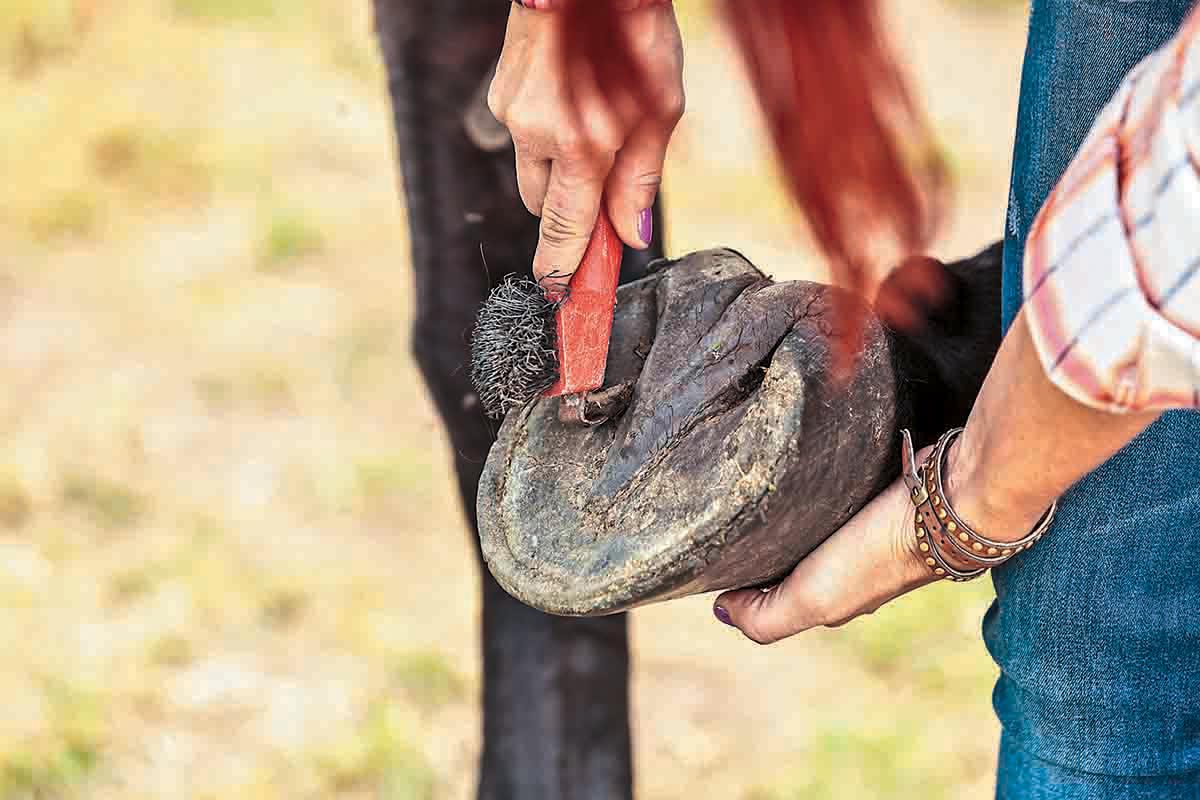
How to Find a Hoof Abscess in Your Horse Safely and Smartly?
Share
Every health-conscious pet owner knows that the well-being of your horse is paramount. When it comes to hoof care, knowing how to find a hoof abscess is crucial, yet often overlooked. A hoof abscess can be a painful condition for your horse, leading to lameness and further complications if not addressed promptly. Therefore, by understanding how to spot the symptoms and what to look for, you can intervene early and ensure a quick recovery for your beloved animal.
In this article, we will dive deep into the signs of a hoof abscess, the diagnostic process, preventive measures, and treatment options available. Whether you are a new horse owner or have years of experience, this guide will provide valuable insights that every horse owner should know.

Understanding a Hoof Abscess
A hoof abscess is a localized infection that occurs within the hoof, typically resulting from bacteria entering through a crack, bruise, or puncture. If left untreated, it can lead to severe pain and prolonged recovery. The primary causes of hoof abscesses include poor hoof care, improperly trimmed hooves, and exposure to wet or muddy environments. For more information on general hoof care, check out this article on what is a hoof abscess.
Identifying Symptoms
Knowing how to find a hoof abscess starts with identifying the symptoms. Common indicators include:
- Lameness or reluctance to bear weight on the affected hoof
- Swelling around the coronet band or pastern
- Heat emanating from the hoof
- Persistent throbbing or pain response during hoof manipulation
- Foul odor coming from the hoof
Pay close attention to any changes in your horse's movement or behavior, as these can often be the first signs of a hoof problem.
Steps to Diagnose a Hoof Abscess
If you suspect your horse may have a hoof abscess, here are the steps you should take:
1. Visual Inspection
Start with a thorough inspection of the hoof. Look for any signs of injury or foreign objects embedded in the hoof. Use your hands to feel for heat and swelling.
2. Hoof Testing
Gently squeeze the hoof wall and different areas of the foot to locate the area of tenderness. Be cautious and avoid causing additional pain.
3. Hoof Pick Examination
Using a hoof pick, clean the hoof thoroughly to ensure no debris is hiding any injuries. This will help you see if any cracks or punctures could be the entry point for infection.
4. Consult a Veterinarian
If the symptoms persist or worsen, its essential to consult a veterinarian. They can perform diagnostic imaging, such as X-rays, to determine the exact location and severity of the abscess.
Treatment Options for Hoof Abscesses
Treating a hoof abscess often involves several steps, generally starting with pain management and drainage:
1. Pain Management
Anti-inflammatory medications can help alleviate pain and discomfort. Your veterinarian will recommend appropriate dosage and duration.
2. Drainage
In many cases, the veterinarian will need to lance the abscess to drain the accumulated pus. Proper drainage is crucial for effective treatment.
3. Foot Soaks
After drainage, regular foot soaks in Epsom salts can expedite healing and help draw out any remaining infection. Make sure to follow your vet's instructions for this.
4. Bandaging
Once treated, bandaging the hoof can protect it from dirt and debris while it heals. You can learn more about how to wrap a hoof abscess properly.
Preventing Hoof Abscesses
Prevention is always better than cure. To minimize the risk of developing hoof abscesses, consider the following:
- Regular hoof trimming and cleaning
- Maintain proper bedding in stalls and living environments
- Avoid overworking your horse in muddy or wet conditions
- Proper nutrition and hydration to support healthy hoof growth
For more on preventing hoof abscesses, check this article: preventing hoof abscess.
The Importance of Prompt Intervention
Understanding how to find a hoof abscess and taking swift action can dramatically improve your horse's recovery time. Delaying treatment can lead to complications such as laminitis, which is much more difficult to treat. Always be observant and proactive about your horses health to prevent more severe issues from arising.
Conclusion
In summary, being able to identify and treat a hoof abscess effectively is essential for any horse owner committed to their animal's well-being. Regular hoof inspections, recognizing symptoms, and knowing when to consult a veterinarian are key points in ensuring good hoof health. By doing so, you create a safer and healthier environment for your horse.

FAQ
What is a hoof abscess?
A hoof abscess is an infection within the hoof, resulting in pain and swelling due to pus accumulation.
How long does it take for a hoof abscess to heal?
The healing time varies, but typically it can take between a few days to weeks, depending on the severity and treatment.
How can I help my horse recover from a hoof abscess?
Ensure that your horse receives proper veterinary treatment, regular foot soaks, and a clean resting area to aid recovery.
As an Amazon Associate, I earn from qualifying purchases.
